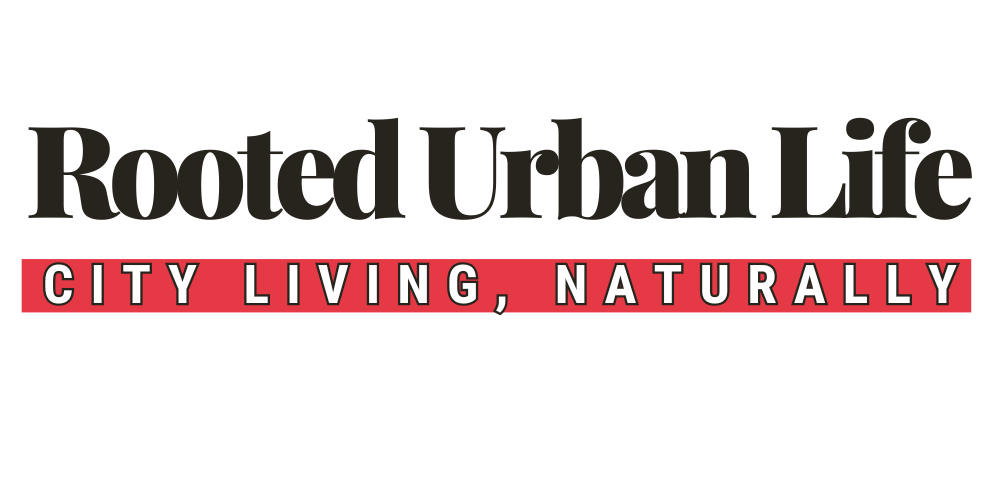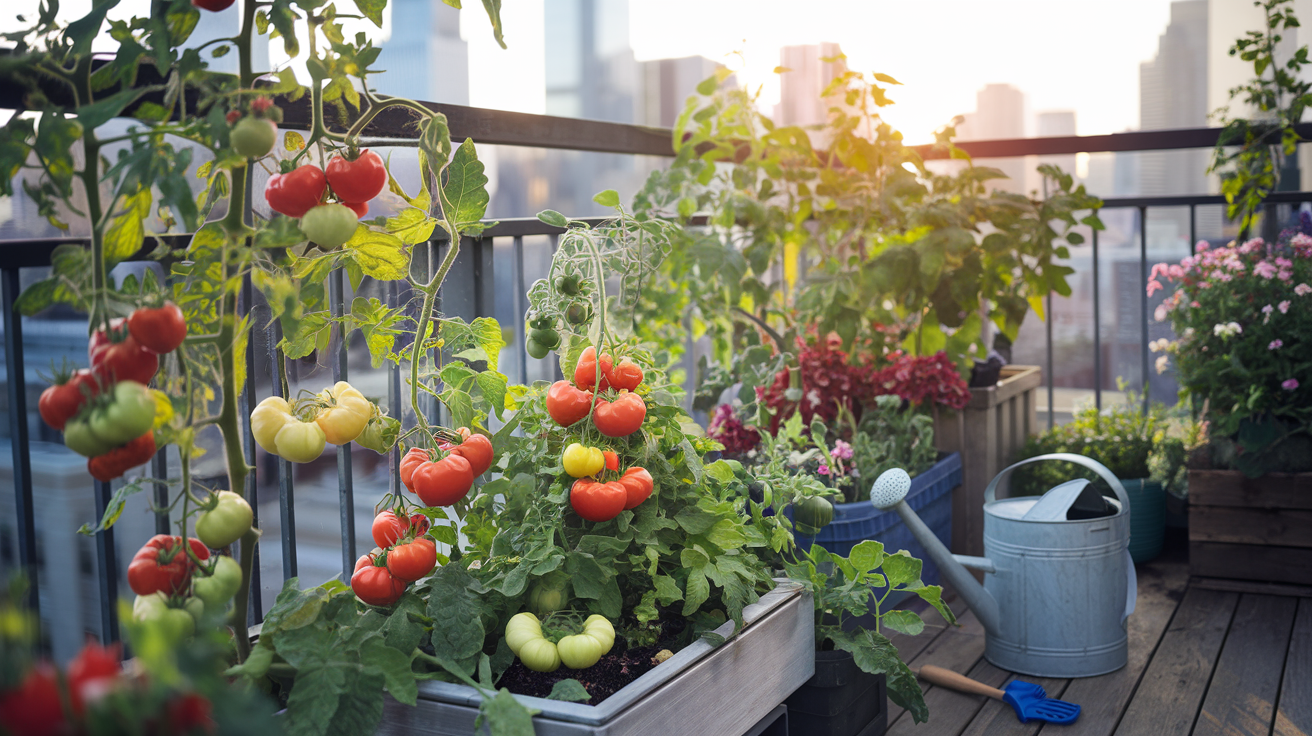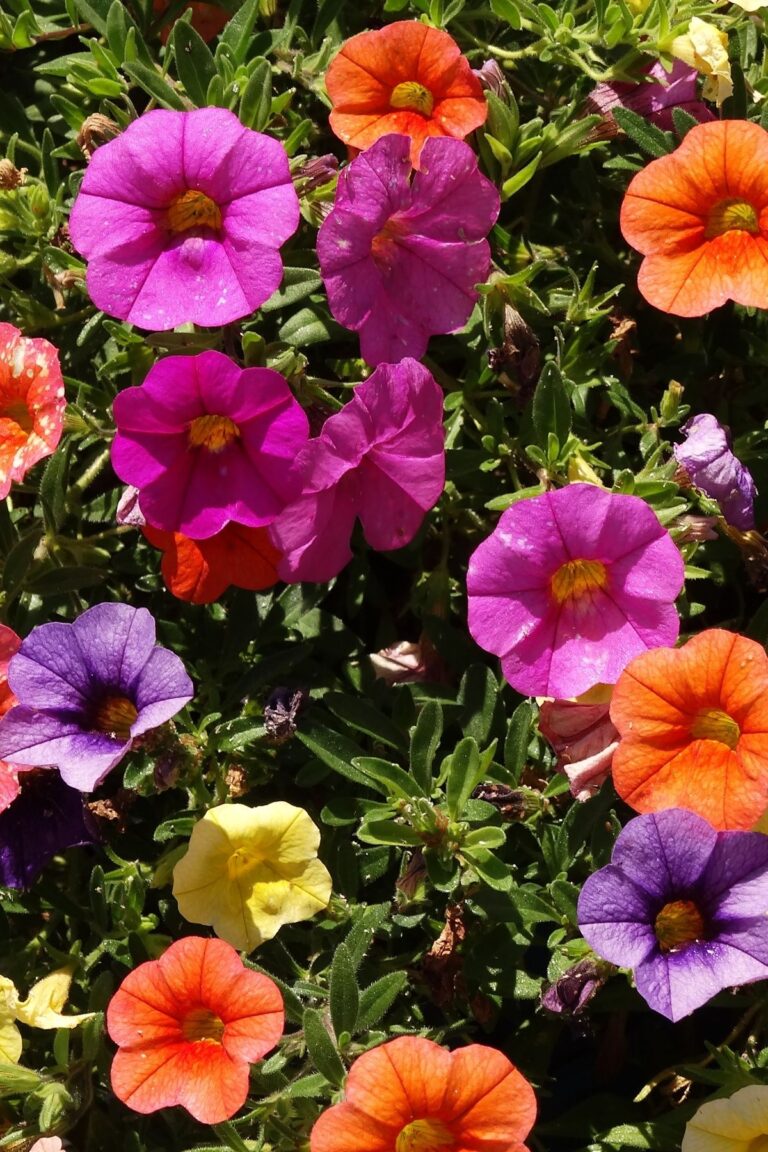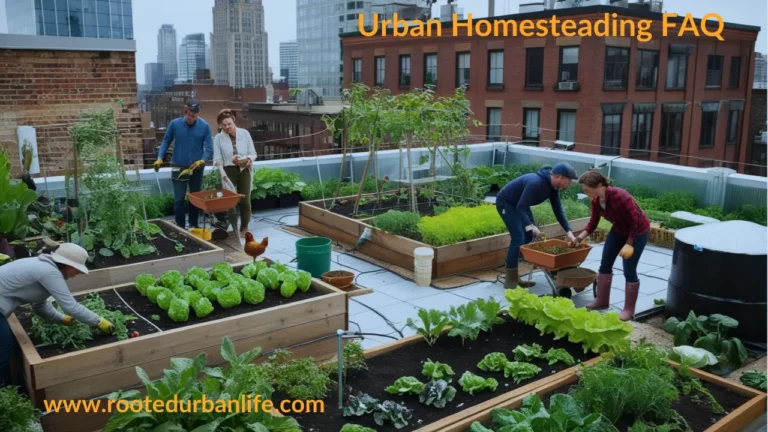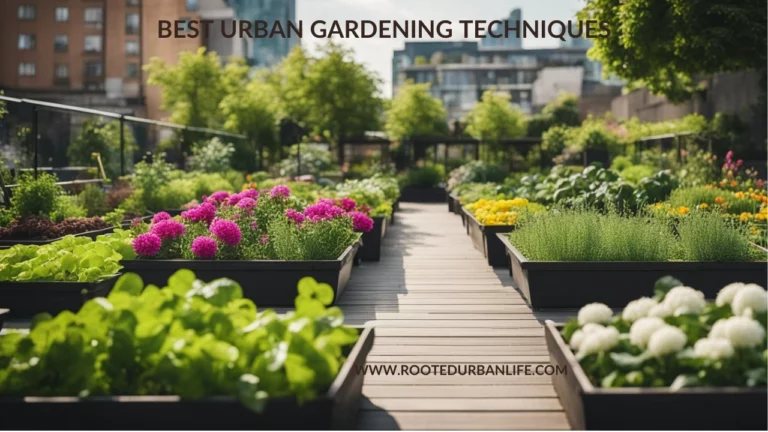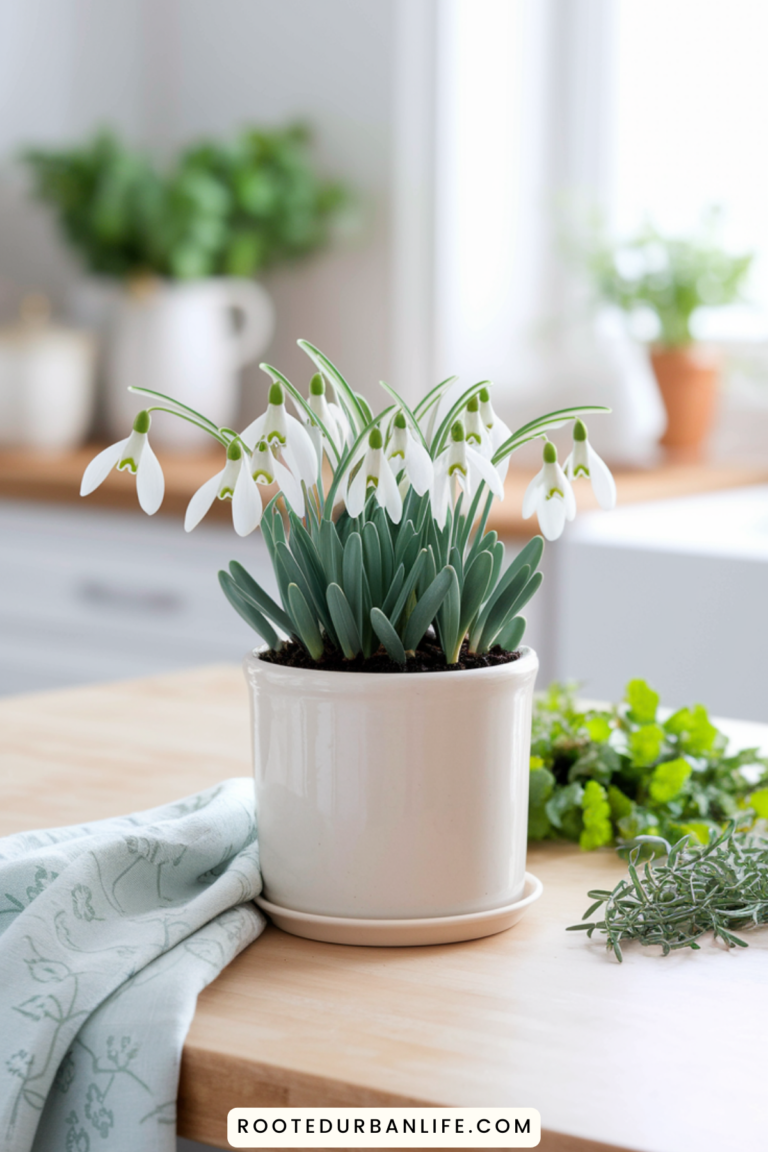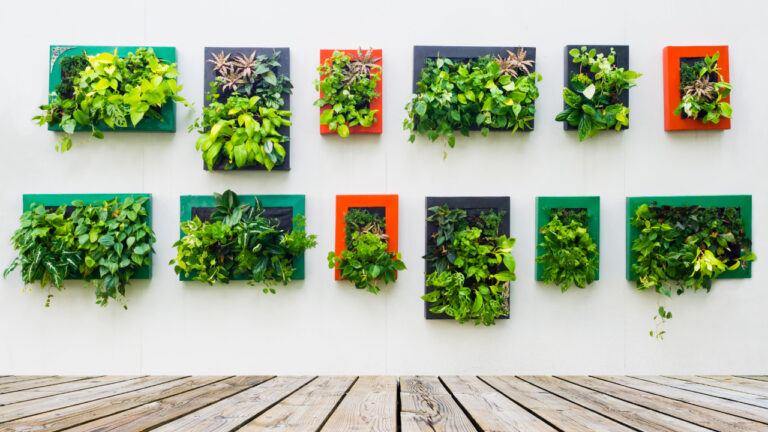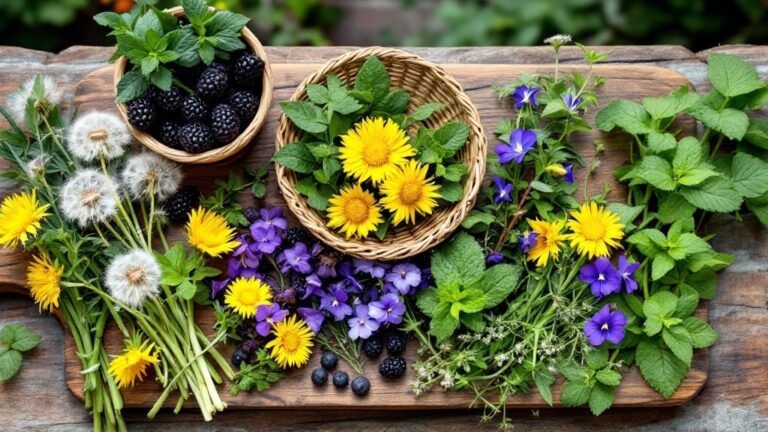Unlock the Secrets to Growing Tomatoes in Containers: 13 Beginner Friendly Tips
Discover the Joy of Fresh, Home-Grown Tomatoes – No Garden Required!
Problem: Struggling with limited space but dreaming of home-grown tomatoes? Traditional gardening might feel out of reach if you don’t have a backyard, but that shouldn’t limit your green thumb.
What You Will Learn: With the right approach, you can cultivate a rich, rewarding tomato harvest right from your balcony or patio. We’ll show you how to turn any small space into a thriving tomato garden. Follow this guide, and you’ll not only enjoy fresh tomatoes but also save money and reduce your carbon footprint with local, home-grown produce. These 13 proven tips will guide you through selecting the perfect containers, choosing ideal varieties, and mastering the simple care techniques that ensure success.
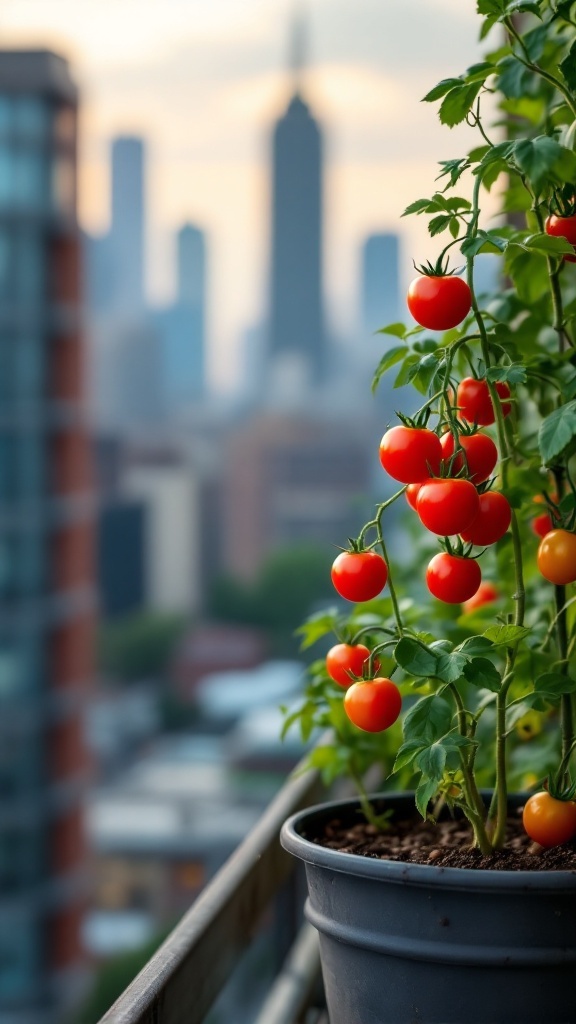
Growing tomatoes is an achievable goal for anyone, even if you have limited space. With just a few essential items like containers, quality potting soil, and adequate sunlight, you can successfully cultivate a variety of tomato plants right at home. Whether you have a small patio, balcony, or garden bed, you can maximize your tomato harvest.
You can choose from numerous tomato varieties, each offering unique flavors and uses in different recipes. By following simple planting and care guidelines, you can enjoy fresh tomatoes throughout the growing season. With the right approach, you’ll find that producing your own tomatoes is not only rewarding but also enhances your cooking experience.
| Disclosure: If you shop from my article or make a purchase through one of my links, I may receive commissions on some of the products I recommend at no additional cost to you. |
Before diving into our comprehensive guide, take a moment to find your perfect tomato match! Answer three quick questions below to receive a personalized recommendation tailored to your specific container gardening situation.
Find Your Perfect Container Tomato Match
Advantages of Growing Tomatoes in Containers
Growing tomatoes in containers offers several benefits for your home garden.
- Mobility: Easily move your plants to chase the sun.
- Space-Saving: Perfect for small areas like balconies.
- Affordability: Repurpose containers you already have.
When space is truly limited, vertical solutions make all the difference. Many container gardeners have success with vertical systems, which allow you to grow multiple plants in a compact footprint by stacking planting pockets vertically. This approach is particularly effective for cherry tomato varieties, giving you the growing capacity of a small garden in the footprint of a single pot.
Tip1: Selecting Suitable Containers
Choosing the right container is crucial for growing tomatoes effectively. Here are some key points to consider:
Size Matters: Opt for a container that holds at least 5 gallons to accommodate the plant’s large root system. This size ensures adequate space for roots while allowing for proper watering and fertilizing.
Drainage is Essential: Always select a container with good drainage. Tomatoes cannot thrive if their roots sit in standing water. Create drainage holes in plastic pots or add a layer of pebbles at the bottom for better water flow.
Material Choice: While both plastic and clay pots are available, plastic is preferred because it retains moisture better and is less likely to dry out. Avoid black containers, as they absorb too much heat, potentially harming the roots.
Creative Alternatives: For cost-effective options, consider:
- Checking your local hardware store for 5-gallon buckets.
- Using cloth bags made for gardening, which provide aeration.
- Cardboard boxes can work, but they’re not easily movable.
Sunlight Location: Ensure your container is placed in a spot that gets plenty of sunlight, reducing the need to move your plants frequently.
Hanging Options: If space is limited, certain varieties of cherry tomatoes can thrive in hanging baskets, allowing you to make the most of your available area.
| Container Type | Pros | Cons | Best For |
|---|---|---|---|
| Plastic Pots | Lightweight, affordable, retains moisture well | Can deteriorate in strong sunlight | Beginners, mobility needs |
| Fabric Grow Bags | Excellent drainage, prevents root circling, breathable | Dries out faster, needs more frequent watering | Hot climates, avoiding overwatering issues |
| Terracotta/Clay | Beautiful aesthetics, naturally cooler soil | Heavy, breakable, dries quickly | Hot environments, decorative gardens |
| Self-Watering | Consistent moisture, less frequent watering | More expensive, can encourage root rot if overused | Busy gardeners, vacation periods |
| Vertical Systems | Space-efficient, multiple plants in small footprint | Higher initial cost, complex setup | Very limited spaces, serious producers |
| Brought to you by rootedurbanlife.com | |||
Tip 2: Selecting the Right Potting Soil
Avoid Standard Garden Soil: Using garden soil for container planting is not advisable due to its heaviness and poor drainage.
Choose a High-Quality Potting Mix: Opt for a mix that retains moisture while allowing excess water to escape.
Incorporate Organic Materials: Ensure the soil includes organic materials like compost or peat moss for better soil structure and nutrient content.
Nutrient-Rich: These elements provide essential nutrients such as nitrogen and phosphorus, creating a stable base for your tomato seeds to thrive and grow strong roots.
Tip 3: Top Tomato Varieties for Container Gardening
Choosing the Right Types:
Selecting appropriate tomato varieties is essential for container gardening success. Focus on these two categories:
- Determinate Tomatoes:
- Also known as bush tomatoes.
- Stay compact and produce all their fruit at once.
- Ideal for limited space, offering a quick harvest.
- Indeterminate Tomatoes:
- Grow like vines, continuing to produce fruit throughout the season.
- Need more support due to their growth habit but provide a longer yield.
For Small Spaces:
Look for dwarf and patio varieties designed for small areas yet yield plentiful crops. Examples: Balcony and Patio Princess – Both thrive in small containers.
Sweet Treats: Cherry tomatoes are perfect for those looking for sweetness. Examples: Sweet Million – Excellent for hanging baskets; Tiny Tim – Offers delightful, bite-sized fruits.
Disease Resistance: Don’t overlook disease resistance for healthier plants. Examples: Defiant and Iron Lady are cultivated to withstand common tomato diseases, making them reliable for container gardening.
Unique Flavors: For rich flavors, heirloom varieties like Brandywine and Black Krim bring unique tastes that standard types often lack.
For a comprehensive guide to the best varieties for containers, explore our detailed post on 13 Perfect Tomato Varieties Than Thrive in Pots.
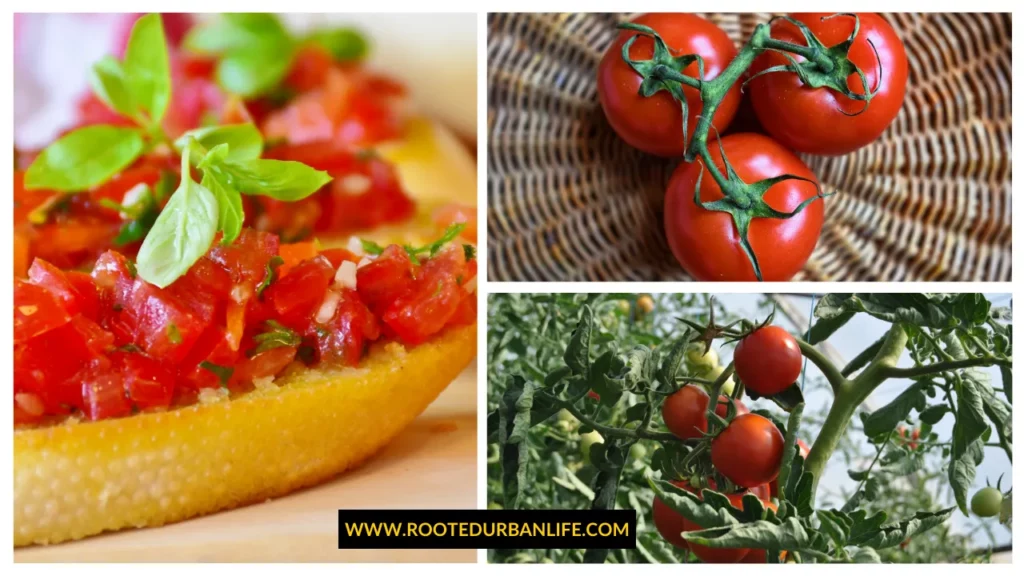
Tip 4: Ensure The Plants Get Enough Sunlight
Tomatoes crave at least 6 hours of direct sunlight each day to produce fruits. If your balcony or patio doesn’t get that much sun, you can move your pots around to catch the best rays or even consider using reflective surfaces to bounce light onto your plants. Think of it as giving your tomatoes their own personal spotlight.
Tip 5: Water Wisely
Water them deeply when the top inch of soil dries out, ideally in the early morning. This gives the leaves time to dry, reducing the risk of fungal diseases. Aim the water at the soil, not the leaves, to keep your plants happy and disease-free. Consistency is key; erratic watering can lead to problems like blossom end rot.
Tip 6: Fertilize Regularly
Every few weeks, treat them to a balanced, slow-release fertilizer, or if you’re aiming for a bumper crop, opt for a tomato-specific formula rich in phosphorus. Pay attention, though, more is not always better; follow the package instructions to avoid overdoing it.
Tip 7: Pruning for Success
Remove Suckers: Trim suckers that grow between the main stem and branches when they’re 2-4 inches long to direct the plant’s energy towards fruit production.
Improve Air Circulation: Snip off the lower leaves up to 6-8 inches from the ground to improve air flow, reducing the chance of diseases.
Control Height: When your plant hits your desired height, usually around 5-6 feet, topping it off encourages bushier growth and more tomatoes.
Maintain Plant Health: Remove diseased leaves promptly to prevent spread.
Tip 8: Support Your Plants
Tomatoes need a good support system. Use sturdy stakes, cages, or trellises to keep them upright, preventing them from sprawling and ensuring the fruits don’t touch the soil, which can lead to rot. As they grow, tie them gently with soft materials like fabric strips or twine, allowing room for expansion.
Stakes: Use 6-8 foot stakes, insert 12 inches deep, 4 inches from the plant.
Cages: Choose sturdy cages, at least 5 feet tall, placed over young plants.
Trellises: Install early, use string or ties to guide growth upward.
Tying:Use soft materials like fabric or twine in a figure-eight pattern.
Maintenance: Check and adjust ties weekly as plants grow.
Tip 9: Watch For Pests And Diseases
Keep a keen eye out for aphids or spider mites. At the first sign of trouble, reach for eco-friendly solutions like insecticidal soap or neem oil.
Proper spacing between plants ensures good air circulation, which is like giving your tomatoes room to breathe and reducing the risk of ailments like blight or powdery mildew.
Tip 10: Companion Planting
Planting basil or marigolds nearby acts as natural pest repellents and can even enhance the flavor of your tomatoes.
Tomatoes and potatoes shouldn’t live too close; they share diseases, so keep them apart. It is important to space them properly.
Keep companion plants 12-18 inches apart.
For a complete guide to what grows well with tomatoes, check out our comprehensive article on The Tomato Companion Planting Guide.
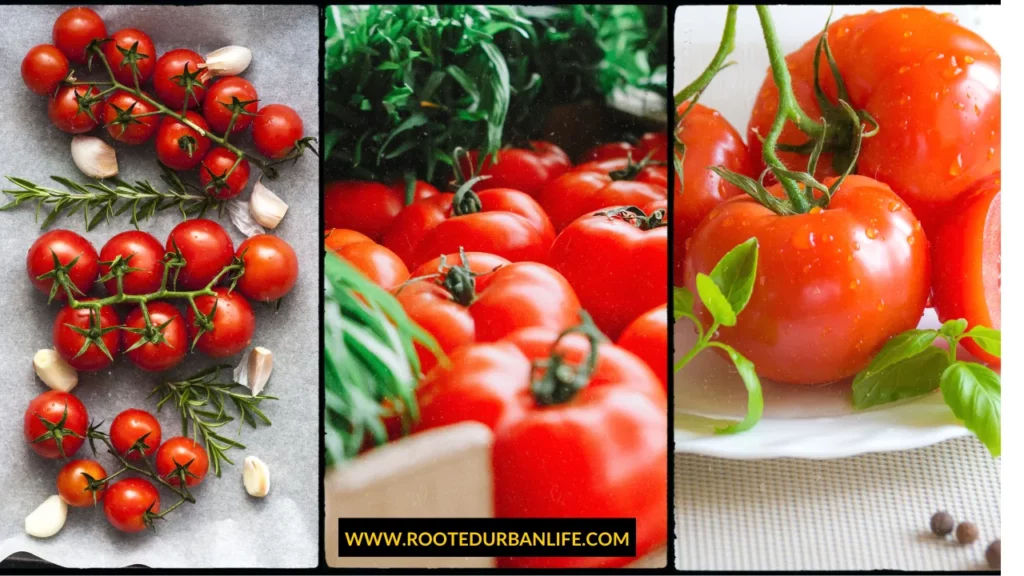
Tip 11: Harvest at the Right Time
Timing: For maximum flavor, pick your tomatoes when they are fully ripe. Early mornings are best as the fruits are cooler then.
Color and Firmness: Most tomatoes are ready to go when they display their full color, typically red. A slight softness when you gently squeeze them indicates ripeness.
Harvesting Technique: To collect tomatoes, gently twist and pull. If any are stubborn, use scissors to snip the stem.
Frequency: During peak season, check your plants every 1-2 days. Regular harvesting promotes continued production.
Handling and Storage: Handle tomatoes carefully to avoid bruising, and store them at room temperature for enhanced flavor. Only refrigerate if necessary.
If frost is approaching, you can pick and ripen green tomatoes indoors. Place them in a paper bag with a ripe banana to speed up the process.
Tip 12: Learn from Mistakes
Every gardener’s journey is paved with lessons, not failures. If your tomatoes don’t turn out as expected, view it as a learning curve. Maybe the soil was too wet, or perhaps they needed more sun. Each season, you’ll refine your technique, much like perfecting a recipe. Remember, gardening is forgiving; there’s always next year to try again, armed with new knowledge. Don’t forget to keep a gardening journal!
| Problem | Likely Causes | Solution |
|---|---|---|
| Yellow Leaves | Overwatering, nutrient deficiency, pest infestation | Check soil moisture level, ensure proper drainage, and inspect for pests under leaves. Consider a balanced fertilizer if leaves are yellowing from bottom to top. |
| Blossom End Rot | Calcium deficiency, inconsistent watering | Maintain even soil moisture and consider adding crushed eggshells to your soil or using a calcium-specific amendment. |
| Flowers But No Fruit | Poor pollination, extreme temperatures, too much nitrogen | Gently shake plants to encourage pollination, provide afternoon shade in extreme heat, and switch to a fertilizer with more phosphorus. |
| Cracked Fruits | Inconsistent watering, especially after dry periods | Maintain even soil moisture and harvest fruits a bit earlier during rainy periods. |
| Leggy Seedlings | Insufficient light, overcrowding | Increase light exposure, thin seedlings to proper spacing, and gently brush tops daily to strengthen stems. |
| Curled Leaves | Aphids, herbicide drift, environmental stress | Check undersides of leaves for pests, rinse with gentle water spray, provide temporary shade during extreme weather. |
| Brought to you by rootedurbanlife.com | ||
Tip 13: Enjoy the Process
Lastly, gardening is more than just growing tomatoes; it’s a journey of joy, patience, and connection with nature. Enjoy each step, from planting the seed to tasting your first home-grown tomato. Share your harvest with friends, take photos, and revel in the satisfaction of nurturing life. Gardening is a story of growth, yours and your plants, so savor every chapter.
Frequently Asked Questions
Q: What are the key steps for beginners in container tomato gardening?
A: Choose a 5-gallon container with good drainage, use quality potting soil, ensure 6+ hours of sunlight, water consistently, and stake or cage your plants.
Q: How can you grow tomatoes from seeds successfully?
A: Start seeds indoors 6-8 weeks before last frost, transplant when seedlings show true leaves, and harden off before outdoor planting.
Q: What’s the best way to plant tomatoes directly in soil?
A: Dig deep holes to promote root growth, enrich soil with compost, space plants 24-36 inches apart, and water gently after planting.
Q: What are some essential tomato plant care tips?
A: Regular watering, mulching, pruning suckers, and pest monitoring.
Q: How to promote faster growth in tomato plants?
A: Use warm conditions, phosphorus-rich fertilizers, regular pruning, and crop rotation.
Q: What are easy methods for beginners to get a good tomato yield?
A: Choose the right tomato variety, use supports, fertilize correctly, and maintain a consistent watering schedule.
Key Takeaways
- Choose the Right Container: At least 5 gallons with proper drainage for healthy root growth.
- Opt for Quality Soil: Use a well-draining potting mix with organic materials to support plant development.
- Select Suitable Varieties: Compact, disease-resistant types or cherry tomatoes for small spaces.
- Care Consistently: Water regularly, fertilize appropriately, and prune for healthier plants and higher yields.
- Support Structures: Use stakes, cages, or trellises to keep plants upright and prevent disease.
- Companion Planting: Integrate plants like basil and marigolds to enhance growth and deter pests.
Next Steps
Continue your urban growing adventure with these resources:
- Perfect Container Vegetables For your Balcony
- Most Common Tomato Pests And Diseases
- Easy Ways to Preserve Tomatoes Without Canning
Growing tomatoes is a rewarding experience. With the right containers, soil, and care, you can enjoy fresh, delicious tomatoes right from your own garden. Consistency is key—water regularly, provide support, and watch your plants thrive. Whether you’re a first-time gardener or looking to refine your skills, growing tomatoes is a journey worth taking.
Don’t forget to subscribe to our blog for more gardening tips and tricks, and share your tomato-growing progress with us in the comments below or on social media.

